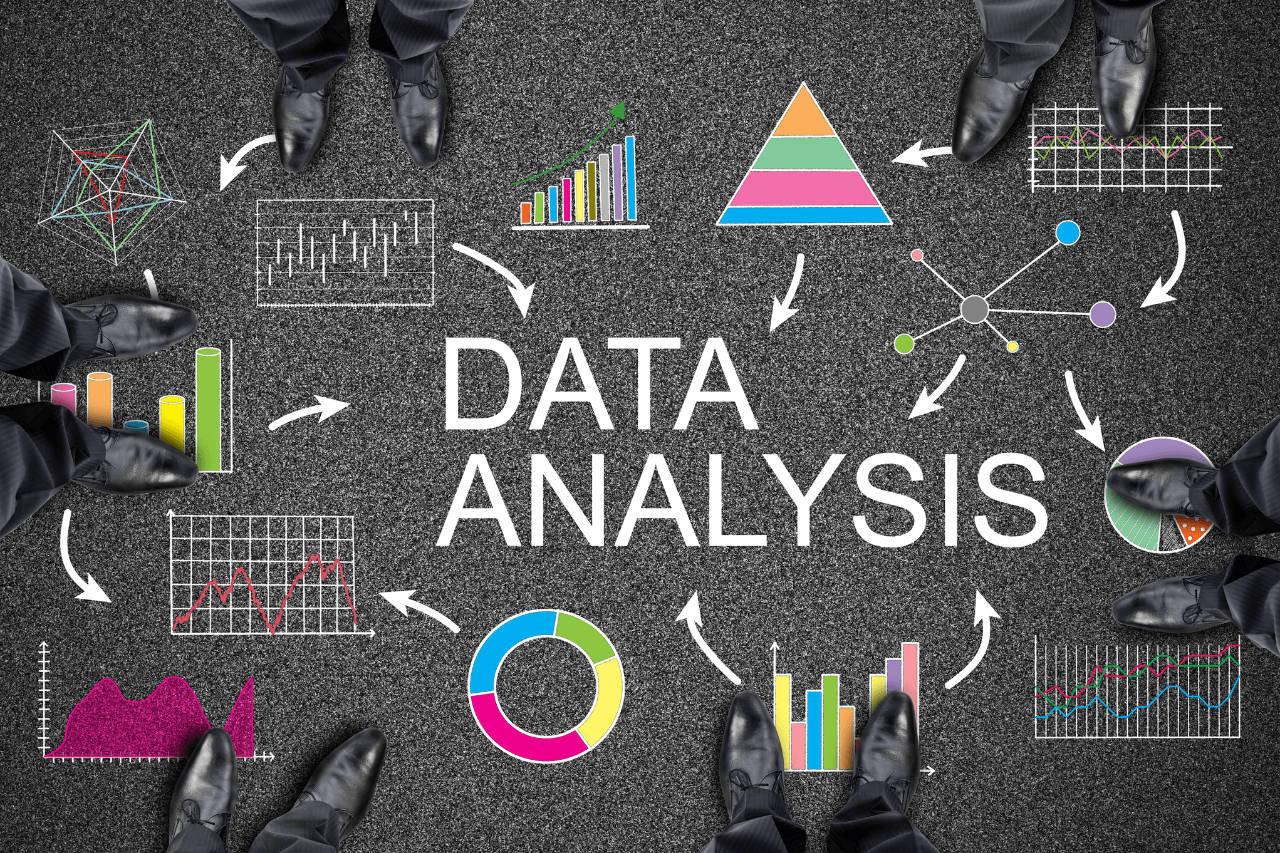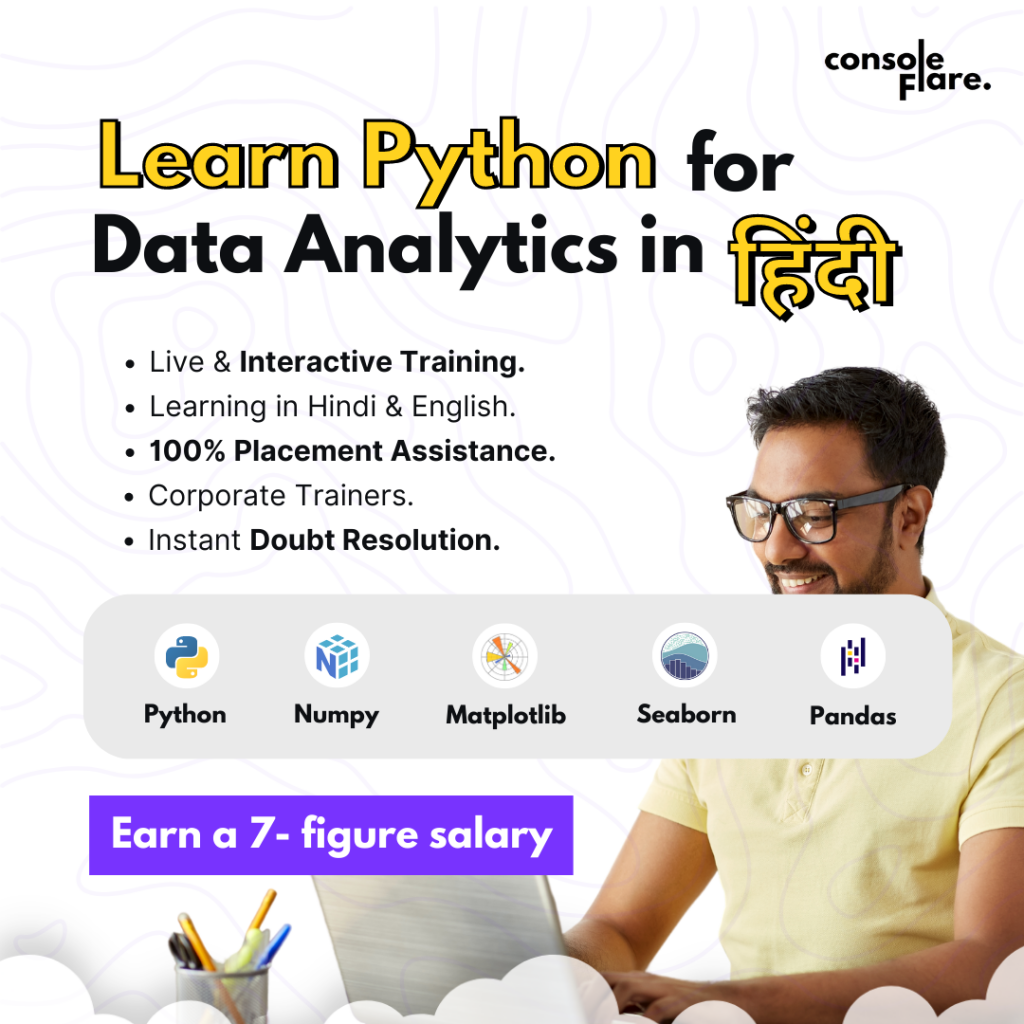Data Analysis Tips and Techniques For Non-IT Professionals
Data analysis has become an essential part of modern-day business operations. Organizations are using data to make informed decisions, and hence, the demand for data analysts is on the rise.
However, not everyone who wants to transition into a data analyst career has a technical background or knows how to code. That’s where Python, Numpy, Pandas, Matplotlib, and Seaborn come in. These tools make data analysis easy for non-IT professionals. In this article, we will explore how these tools can help you make a career transition into data analytics.
You’re reading the article, Useful Data Analysis Tips and Techniques For Non-IT Professionals.
Python is a programming language that is popular among data analysts due to its simplicity and ease of use. Non-IT professionals can learn Python by taking online courses. Several online courses cover topics such as data analysis with Python, data visualization, and data manipulation. Additionally, Python has a vast community that has created many libraries for data analysis, including Numpy, Pandas, Matplotlib, and Seaborn.

You’re reading the article, Useful Data Analysis Tips and Techniques For Non-IT Professionals.
Numpy is a Python library that is used for numerical computations. It provides tools for performing complex mathematical operations, including linear algebra, Fourier transform, and random number generation. Numpy’s array data structure is also efficient for storing and manipulating large amounts of data, making it ideal for data analysis.
Pandas is a Python library that provides tools for data manipulation and analysis. It has a data frame data structure that allows you to store and manipulate tabular data easily. Pandas can also read data from various sources, including CSV, Excel, SQL, and more. It provides tools for data cleaning, filtering, merging, and aggregation.
You’re reading the article, Useful Data Analysis Tips and Techniques For Non-IT Professionals.
Matplotlib is a Python library that is used for data visualization. It provides tools for creating various types of graphs, including line graphs, scatter plots, histograms, and more. Matplotlib is easy to use, and with just a few lines of code, you can create beautiful visualizations that help you understand your data better.
Seaborn is a Python library that is built on top of Matplotlib. It provides additional tools for data visualization, including heatmaps, time series, and categorical plots. Seaborn is excellent for creating advanced visualizations that help you discover patterns in your data that may not be visible in traditional graphs.
You’re reading the article, Useful Data Analysis Tips and Techniques For Non-IT Professionals.
Together, these tools make data analysis easy for non-IT professionals. You can use them to perform various data analysis tasks, including data cleaning, data visualization, and data modeling. With these tools, you can quickly gain insights from your data and communicate those insights effectively to stakeholders.
If you’re looking to make a career transition into data analytics, several online data analytics courses can help you get started. Some popular online courses include data analysis with Python, data visualization with Matplotlib and Seaborn, and data manipulation with Pandas. Additionally, several data science certification programs in Noida can help you gain the skills you need to become a data analyst.
You’re reading the article, Useful Data Analysis Tips and Techniques For Non-IT Professionals.
In conclusion, The demand for data analysts is on the rise. Non-IT professionals who want to transition into a data analyst career can use Python, NumPy, Pandas, Matplotlib, and Seaborn to make data analysis easy.
These tools provide a simple and effective way to perform data analysis tasks, including data cleaning, data visualization, and data modeling.
If you’re willing to learn these tools online, here is a certification course that might help you in starting your career as a data analyst. They train you in Python programming, and Python libraries like Numpy, Pandas, Matplotlib, and Seaborn.
After that, they also cover SQL, which might help you tackle interviews in the data analysis field.
Explore the PYTHON FOR DATA ANALYTICS certification program.
Hope you liked reading the article, Useful Data Analysis Tips and Techniques For Non-IT Professionals. Please share your thoughts in the comments section below.






